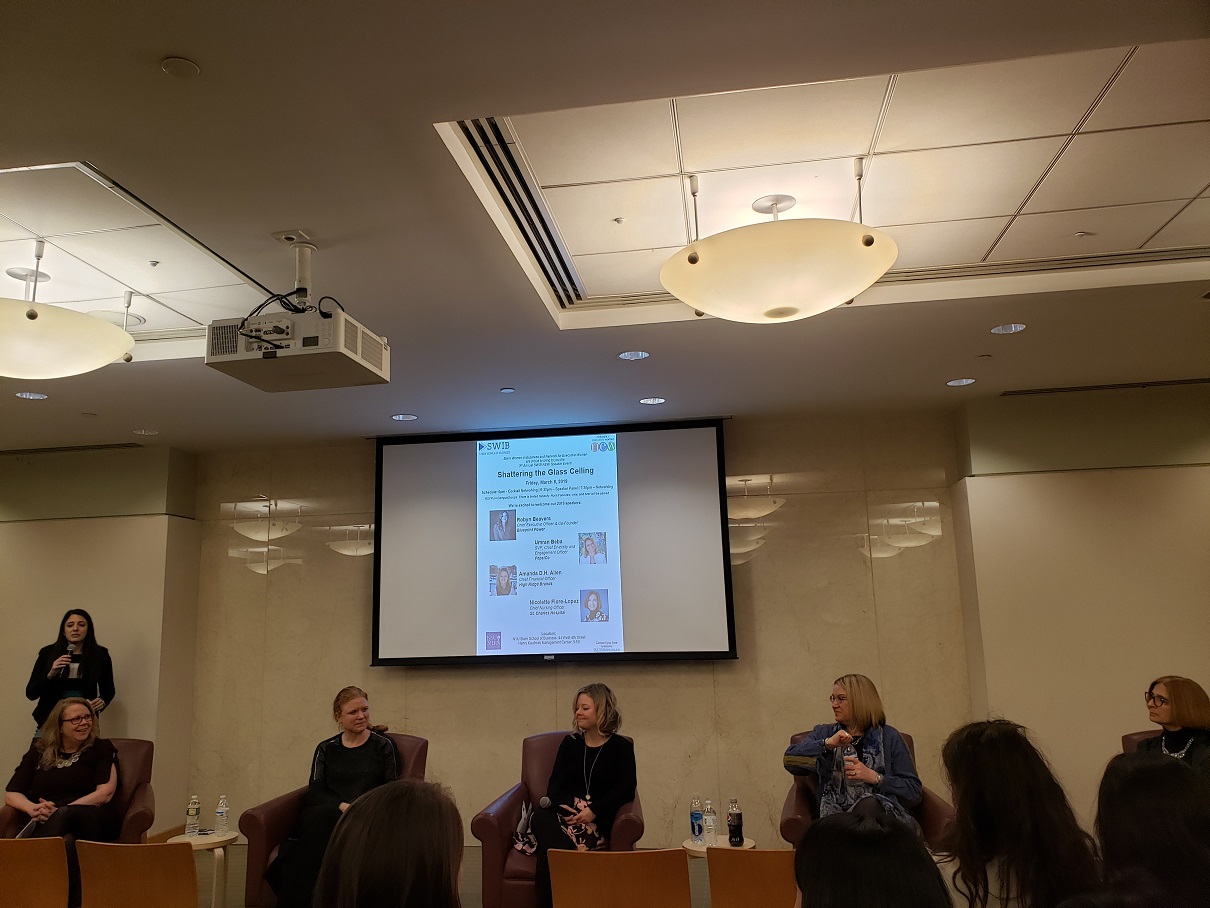On March 28, NYU hosted their fourth annual “One Day” fundraising campaign. The University collectively raised over 4,000 matched gifts and the MBA class of 2019 made dozens of contributions to their annual class gift. As a student that has benefited remarkably from NYU’s Tech MBA program with a shiny new job offer, I felt compelled to give back. While I was determining how my gift would be spent, I was reminded of the sheer size of NYU and the academic resources available outside of Stern. Between recruiting, club events, and classes, it’s easy to simply stay inside of the business school and maintain a packed schedule. However, NYU is much more than just Stern, and I want to highlight some classes and opportunities available outside of the business school in this blog post.
There are a couple of core technology classes that are required as part of the Tech MBA program: Foundations of Networks and DevOps & Agile Methodologies. These two classes are graduate level computer science courses taught at the Courant Institute of Mathematical Sciences. If you’re not already familiar with Courant, I highly recommend making a quick Google search to learn about the high-caliber faculty that make it such a competitive graduate school for applied math, computer science, and information systems. If you’re joining the Tech MBA program with a lighter technical background, these classes will be challenging. Nevertheless, the full-time and adjunct faculty at Courant understand they are teaching a variety of skill sets among business students and your more technical classmates will be invaluable throughout the year.
Stern also offers a credit overload program. The credit overload policy at Stern allows full-time MBA students to take up to 3 additional credits. This can be completed as one 3-credit class in one semester or split over the fall and spring semester with two 1.5-credit classes. If you take full advantage of the credit overload system, you will graduate with a total of 54 credits, just 6 credits shy of a two-year MBA from Stern. This is an incredible value considering the Tech MBA takes only 12 months to complete.
These additional credits allow you to take various elective classes, and some are offered outside of Stern. I have taken advantage of this and will be venturing down to the NYU School of Law during my final semester. The class is called, “Negotiating Complex Transactions with Lawyers and Business Professionals” and is comprised of both law and business students. Combining the two sets of students from the different graduate schools offers new learning opportunities, debates, and conversations to take place, in addition to new networking opportunities.
In addition to classes outside of Stern, there is a university-wide event calendar that posts concerts, lectures, exhibits, games, and more happening on or around campus. I hope that if you attend NYU, you make the most out of your time by exploring everything that the greater university has to offer.



